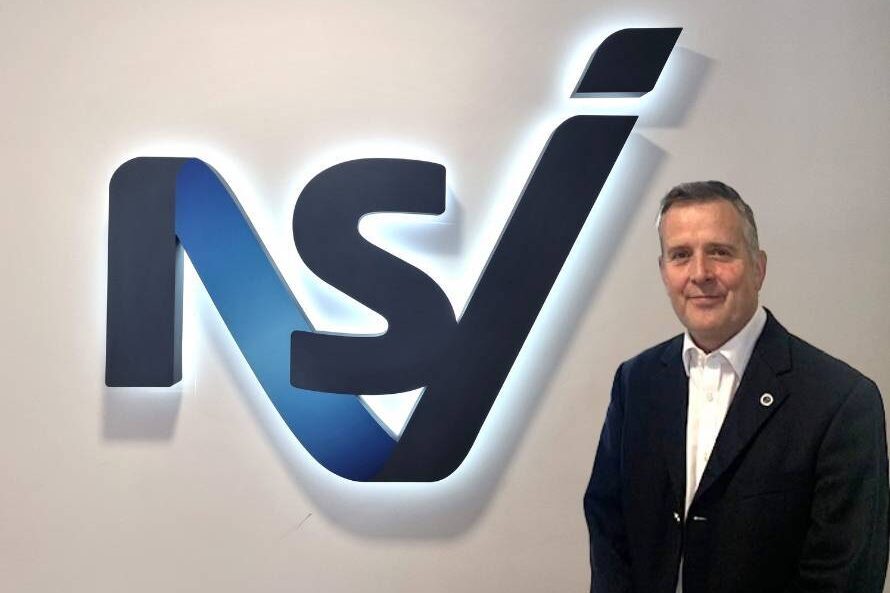The ETSI Multi-access Edge Computing Industry Specification Group is pleased to announce the release of two major reports as part of its Phase 2 work. The ETSI report GR MEC 027 studies the impact of alternative virtualisation technologies. The second report, ETSI GR MEC 024, examines network slicing on edge computing systems.
ETSI GR MEC 027, a report on alternative virtualisation technologies, identifies the additional support that needs to be provided when MEC applications run on containers. Building on related work developed by the ETSI NFV group, it defines the usage of such technologies in a MEC environment, the impact on implementation of MEC systems and applications and the potential updates of future ETSI MEC standards. The results and conclusion of this report highlight that most of the ETSI MEC specifications are virtualisation-technology agnostic; this leads to very few updates of existing standards.
Alex Reznik, Chair of the ETSI ISG MEC, said: “We know that non-VM based virtualisation is a key technology for edge computing. We therefore wanted to make sure that the ETSI MEC architectural framework is capable of supporting such technologies and that it is consistent with ETSI NFV. This report is the result of this analysis and the good news is ETSI MEC-defined APIs are almost entirely virtualisation technology agnostic. This highlights the quality and future proof of the APIs we’ve standardised in the group.”
ETSI GR MEC 024 identifies the MEC functionalities to support network slicing and the impact on future ETSI MEC specifications. It provides important use cases and examples of how network slicing may be addressed in edge computing systems. One of them includes the description, use case recommendations and evaluation of a network slice integrating MEC applications and using 3GPP elements. Other use cases address how you can have multiple tenants in a network slice or how efficient an end-to-end multi-slice support for MEC-enabled 5G deployments can be. Four network slicing concepts have been described and two prioritised for the time being.
Key existing specifications, namely ETSI GS MEC 011, GS MEC 010-2 and GS MEC 012, have also been updated. In the case of MEC 011 and MEC 012, these updates reflect the on-going evolution of ETSI MEC specifications. The updated MEC 010-2 introduces the first set of Stage 3 API specifications, building on the work of ETSI NFV SOL. The work to produce a full Stage 3 ETSI NFV SOL-consistent MEC 010-2 API continues and is expected to conclude by the end of this year.
For more security news visit here.









